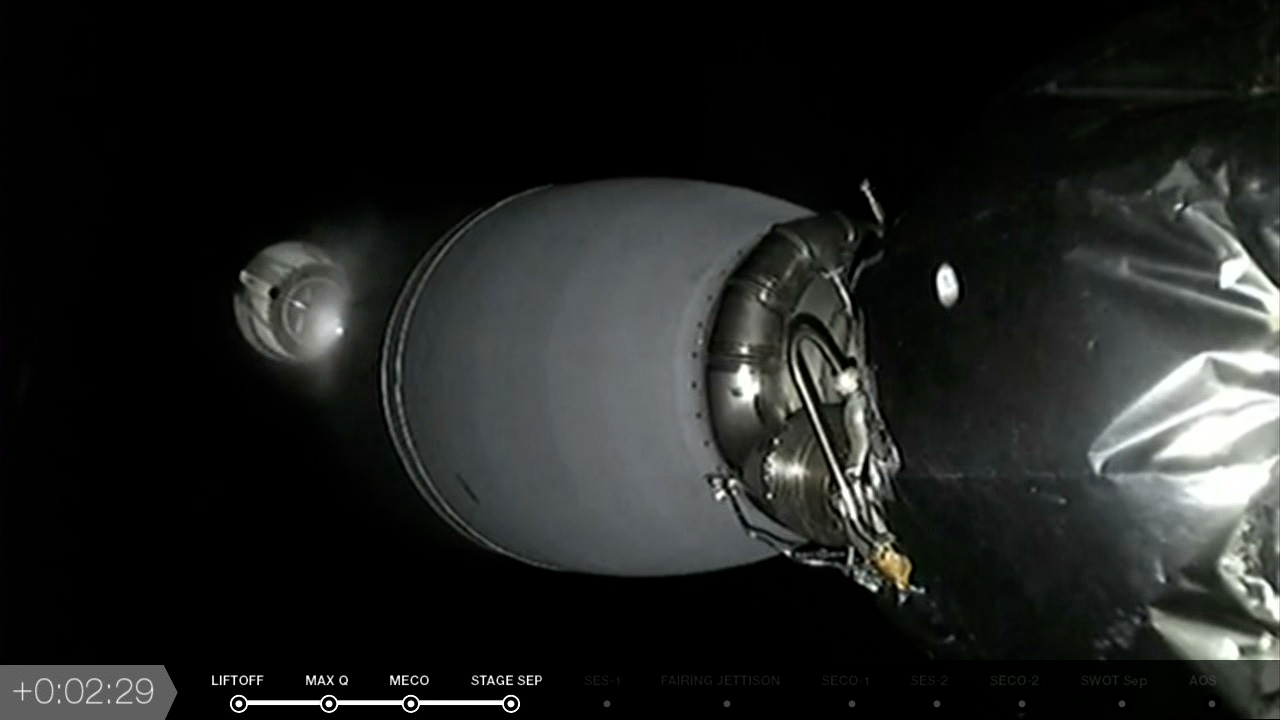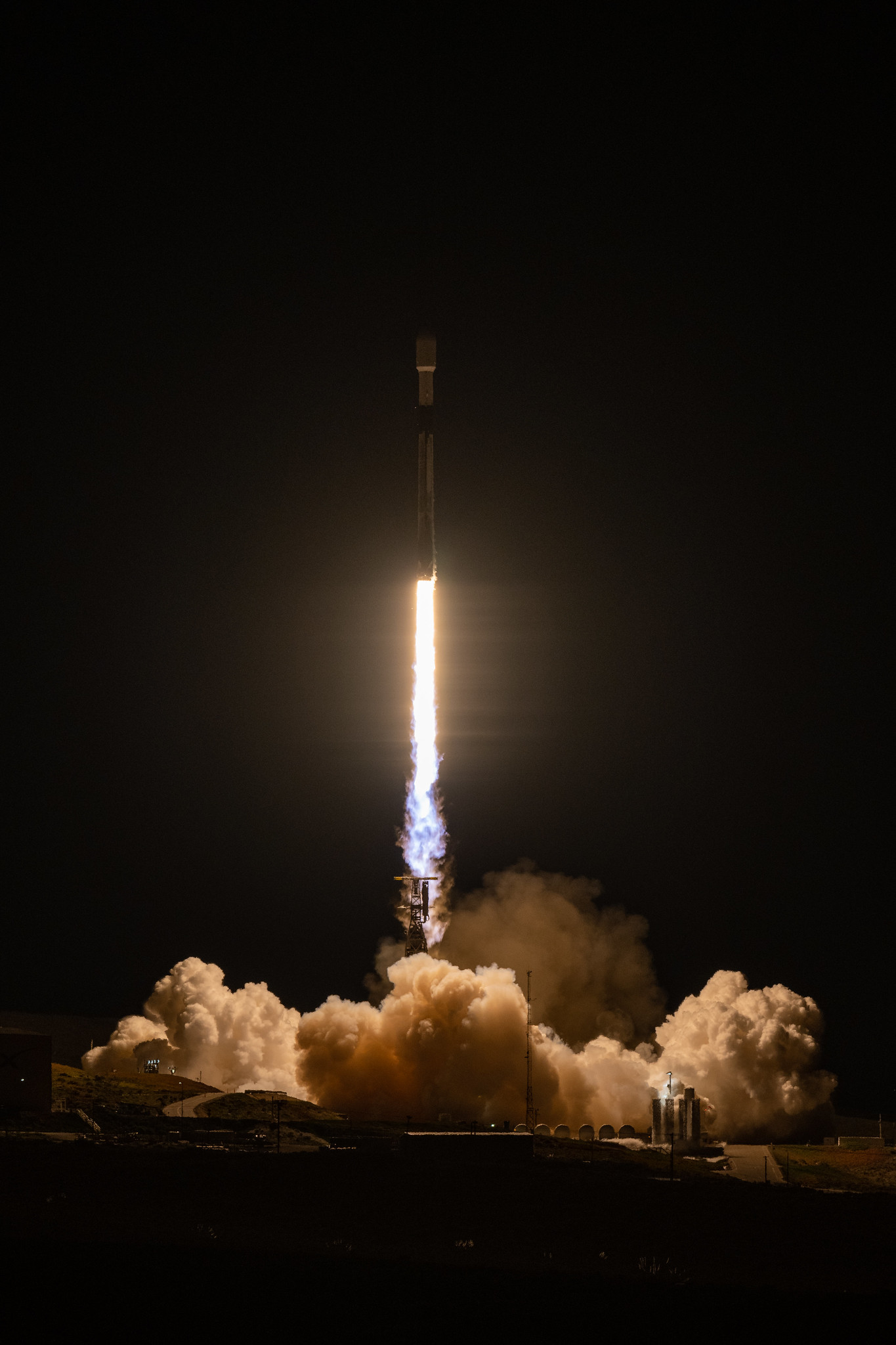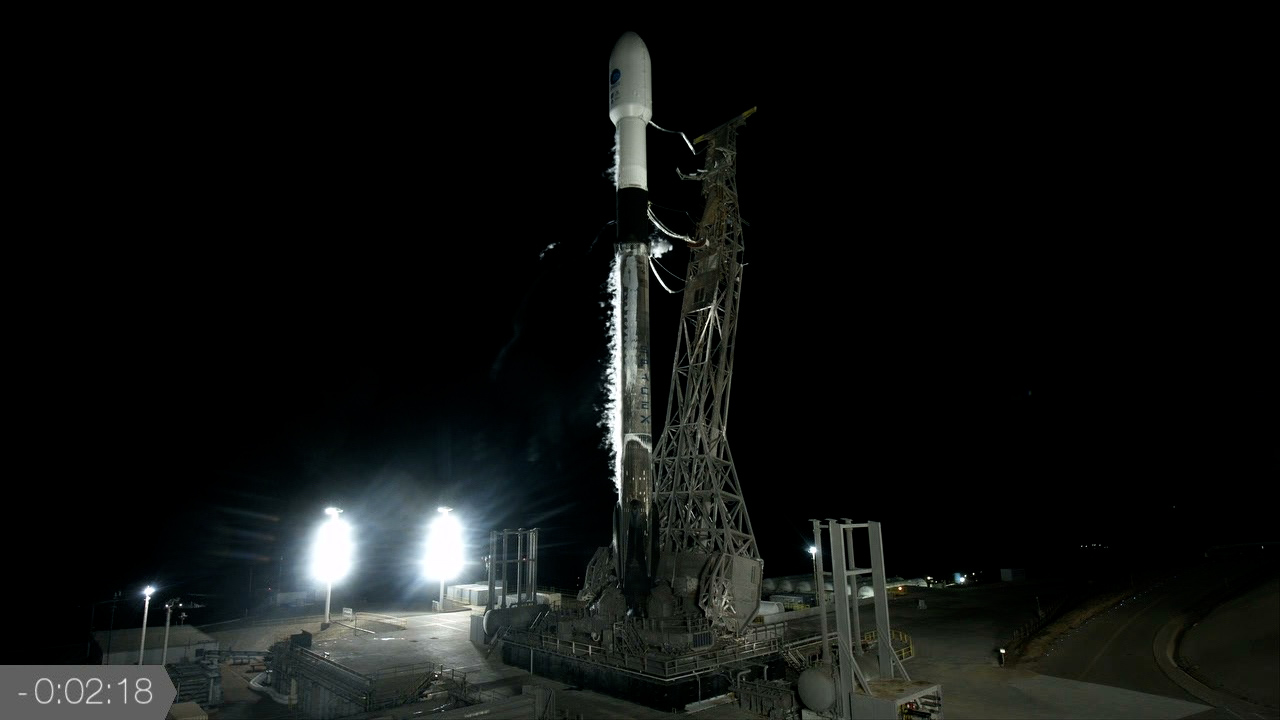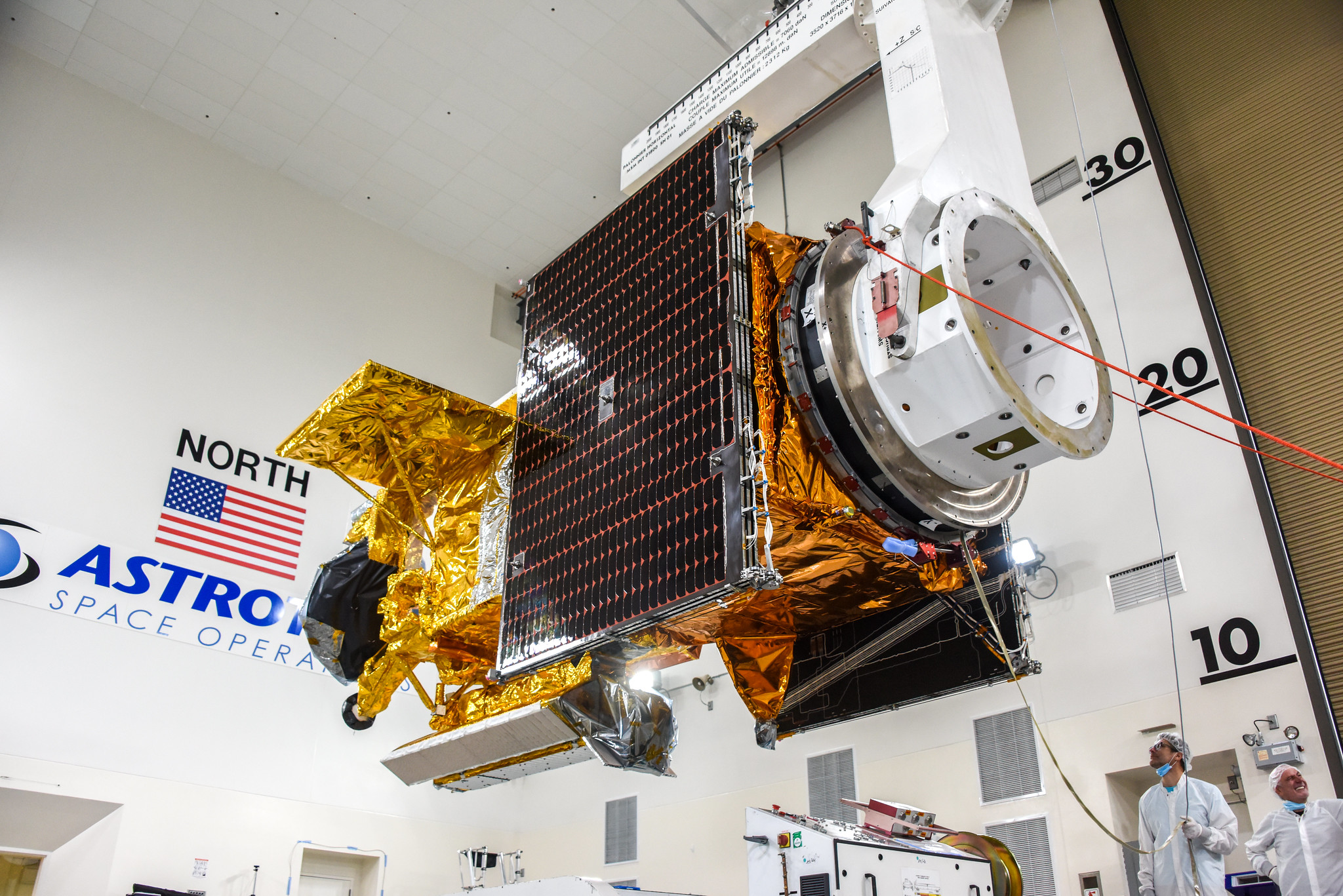
Credits: NASA
SWOT has successfully made contact with ground stations here on Earth and is providing teams with early data on the spacecraft’s health.
A collaboration between NASA and the French space agency Centre National d’Études Spatiales (CNES), with contributions from the Canadian Space Agency (CSA) and the UK Space Agency, SWOT will provide high-resolution measurements of the height of water in the world’s ocean and freshwater bodies, providing information on the ocean’s surface topography in great detail and measuring how bodies of water change over time. The instruments on board will provide insight into the ocean’s role in climate change, as well as help communities monitor and plan for changes in water resources and the effects of rising seas.
To stay connected with the mission, visit us on Twitter, Facebook, and Instagram and let others know you’re following it using the hashtag #TrackingWorldWater and tagging these accounts:
Twitter: @NASA, @CNES, @NASAJPL, @NASA_LSP, @NASAKennedy, @NASAEarth, @NASAClimate, @CSA_ASC, @SpaceGovUK, @SLDelta30
Facebook: NASA, CNES, NASA LSP, NASA JPL, NASA Kennedy, NASA Earth, NASA Climate Change, Canadian Space Agency, UK Space Agency
Instagram: NASA, CNES, NASA Kennedy, NASAEarth, NASA JPL, NASA Climate Change, Canadian Space Agency, UK Space Agency








